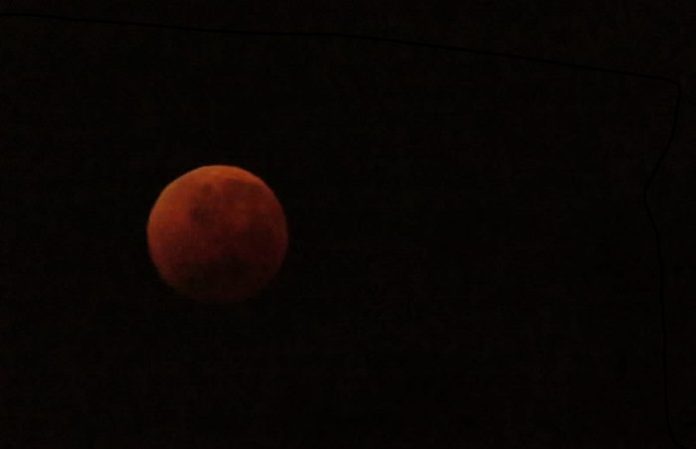August is an exciting time for moon-lovers and sky-watchers, with it opening and closing with a supermoon!
The first supermoon is called the Sturgeon Moon which is expected to rise at the start of the month. August then closes out with the Blue Moon.
RELATED: Tourist arrivals exceed pre-pandemic levels
The Full Sturgeon Moon.
This week’s full moon is called the Sturgeon Moon because it occurs at the time of year, historically, when indigenous peoples found sturgeon easy to catch, according to The Old Farmer’s Almanac.
For the non-fishers out there, a sturgeon is a giant fish with roots in the Jurassic Period. It spends its life in both fresh and salt water. The White Sturgeon is the largest freshwater fish found in North America. Most of the sturgeon populations inhabit the Great Lakes.

RELATED: It’s Marine Protected Areas Day!
Why The Full Blue Moon Is NOT Actually Blue…
The supermoon at the end of August is called the Blue Moon. ‘Supermoon’ refered to the moon’s orbit relative to Earth. While ‘blue moon’ refers to frequency, and often describes the second full moon in a single month. NASA explains that this term is also used to describe the third of four full moons in one astrological season.
Because of this, the aeronautics agency adds that the Blue Moon at the end of the month is not actually blue in colour.
Supermoons occur when the moon reaches its closest point to Earth. It reaches this point while in orbit while also appearing full. This results in the supermoon: which generally appears brighter and bigger than other moons.
The supermoon at the end of August is expected to be the biggest and brightest of this year as the moon will be ‘exceptionally close’ to Earth, according to the Farmer’s Almanac. However, these differences are not always visible to the naked eye.
RELATED: Here’s what you’ll pay for petrol in August 2023
Do Not Miss Out this Month
Star-gazing fans enjoy the sight of a blue moon once every three years on average. By these numbers, the next blue moon after August 30 will be in May 2026.
August’s two supermoons represent the midpoints in a string of four such lunar events that first started with the Full Buck Moon in July. The last of the four consecutive supermoons for this year will appear at the end of September. It is called the Harvest Moon.





